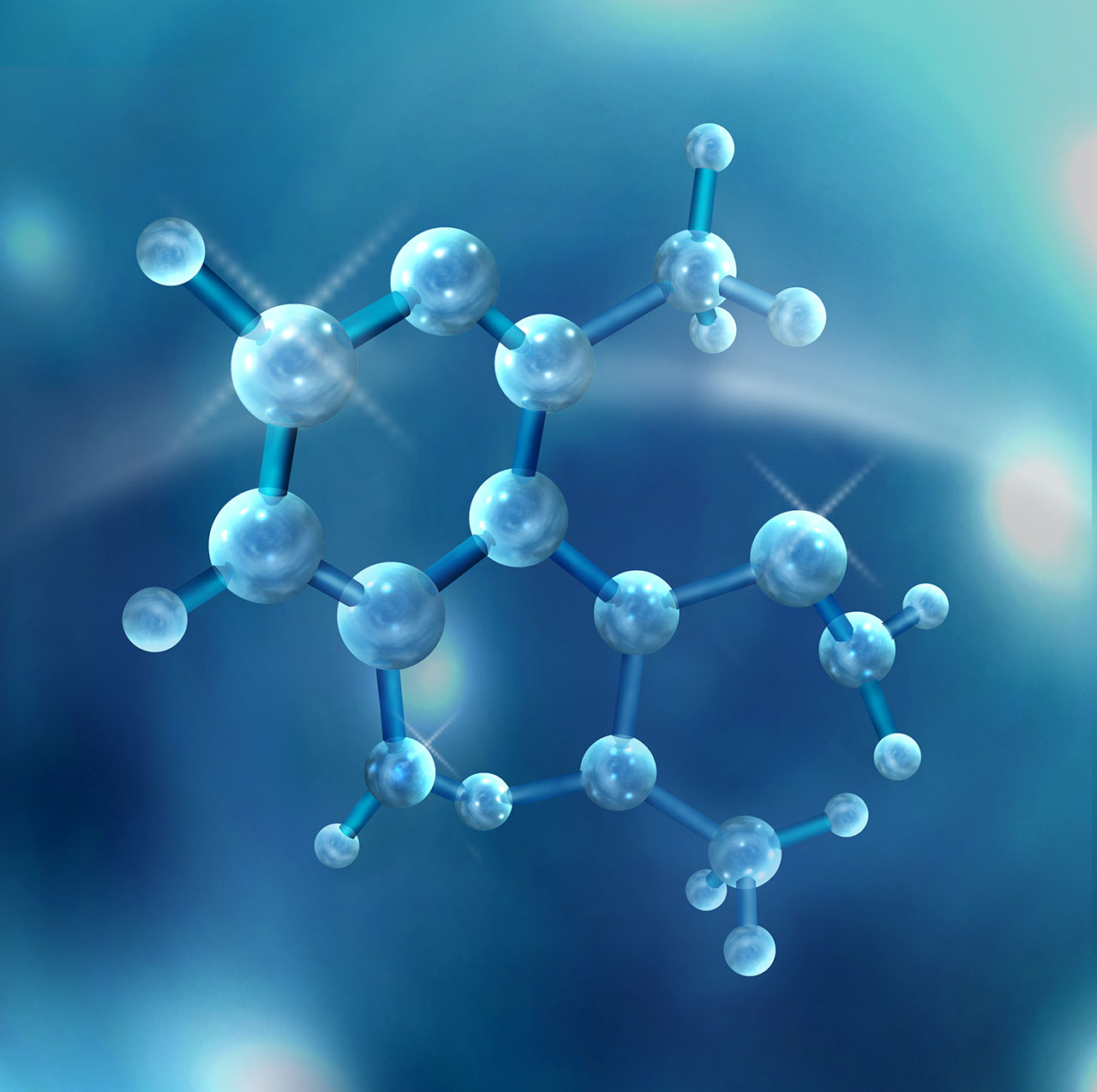
Part one of this series on digestion described the gross anatomy and physiology of the Gastrointestinal Tract. Let’s look now at digestion itself, at how we get to the nutrients.
Five different organs are required to breakdown food into nutrients: The salivary glands, the stomach, the pancreas, the liver (via the gallbladder), and the small intestine. At various points, secretions from these organs enter the GI tract, bringing in a variety of enzymes and an abundance of water.
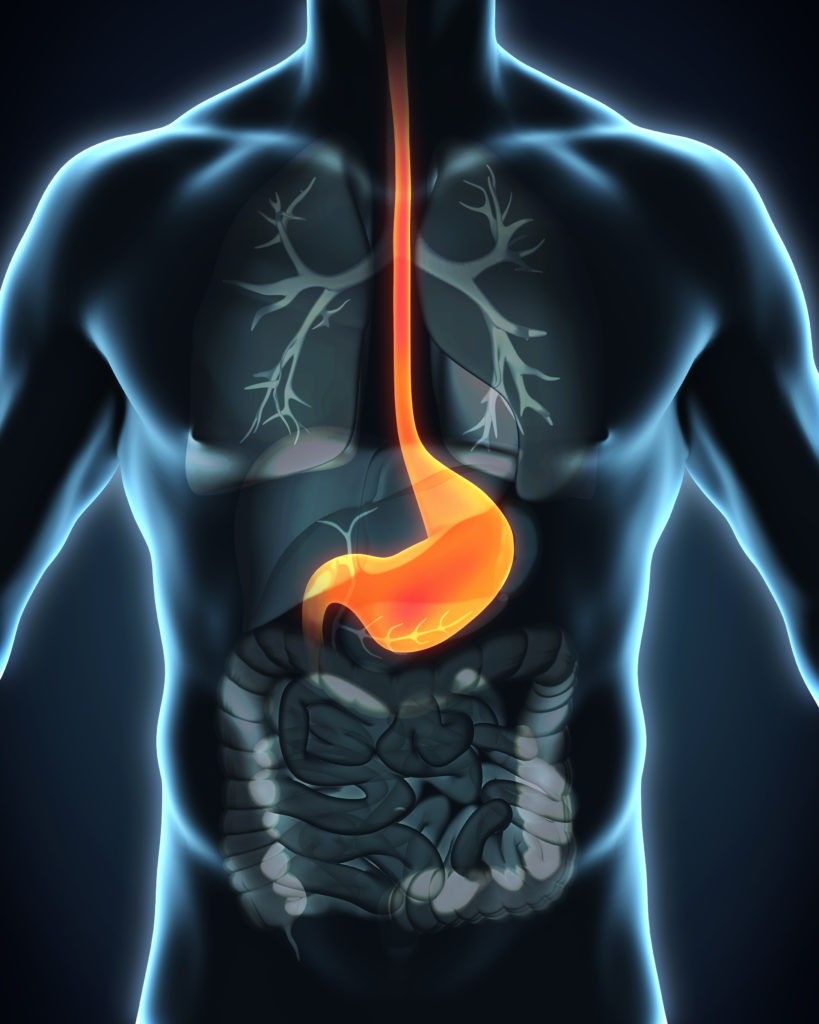
Enzymes are proteins that facilitate chemical reactions, making a molecule, breaking a molecule apart, changing the arrangement of a molecule, or exchanging parts of molecules. An enzyme is a catalyst, or a compound that facilitates chemical reactions without itself being changed in the process. It is the chemical reaction hydrolysis that adds water to break a molecule into smaller pieces. There are 3 main digestive enzymes, carbohydrase (an enzyme that hydrolyses carbohydrates), lipase, (an enzyme that hydrolyzes lipids or fats), and protease, (the enzyme that hydrolyzes proteins). Enzymes are sometimes identified by the organ they come from. For example, gastric lipase comes from the stomach and acts on lipids, and pancreatic lipase comes from the pancreas and also works on lipids.
Glands
A gland is a group of cells that secrete materials for special uses in the body. There are two types of glands, exocrine glands, which secrete their material “out” (as into digestive tract or onto the surface of the skin) and endocrine glands, that secrete their materials “in”(as into the blood).
Salivary Glands
Digestion begins in the mouth. The salivary glands (which are exocrine glands) create enough saliva to moisten food so that it can easily pass down the esophagus. Saliva is a secretion of the salivary gland and contains water, salts, mucus and enzymes that begin the digestion of carbohydrates. Saliva also contains antibacterial and antiviral compounds that help protect the teeth and the linings of the mouth, esophagus and the stomach from substance that might harm them.
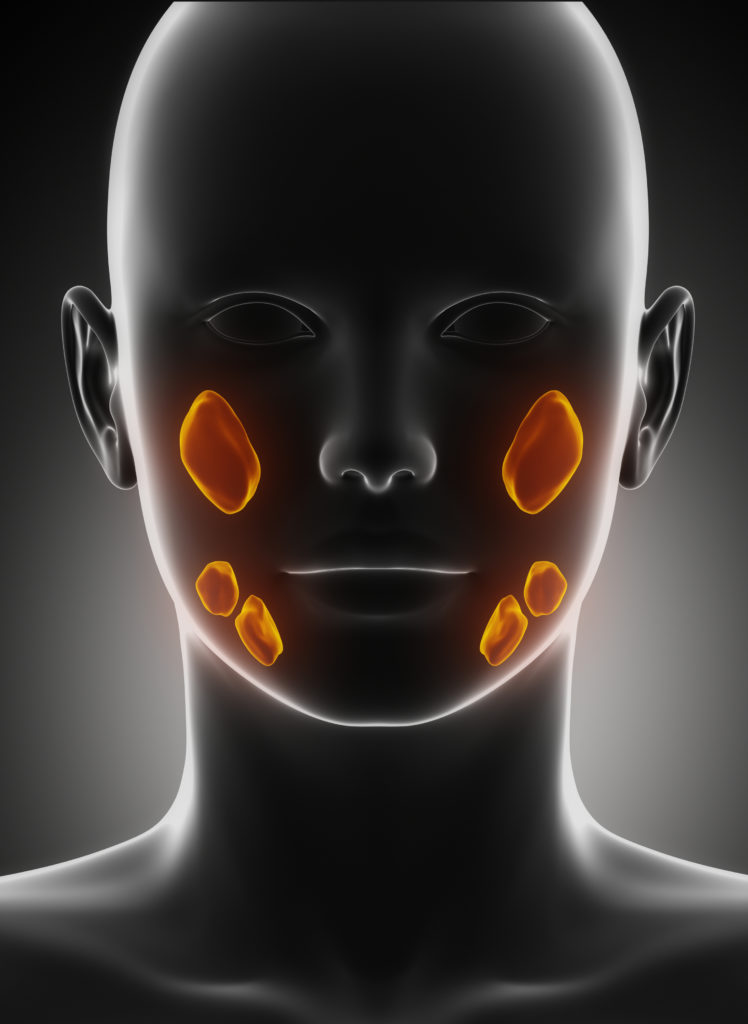
Gastric Glands
Gastric glands are found in the stomach and secrete gastric juice, which is a mixture of water, enzymes and hydrochloric acid. Gastric juice is primarily used for protein digestion. This acid, which is at a pH factor of below 2 (the rest of our body is around 7), if pushed up into the esophagus (refluxed) causes the sensation of heartburn. It can also be involved in ulcer formation or other digestive issues.
Most of the toxins and bacteria that enter the body come in through food. The strong acidity of the stomach kills these toxins and prevents its growth. Mucus, a white, slippery, thick substance coats the stomach wall cells and protects them from being destroyed by this acid.
The enzymes found in the saliva (which enter the stomach with the food that was swallowed) cannot work in the stomach because of the high acidity level and therefore cease digesting carbohydrates and become just another protein to be digested.
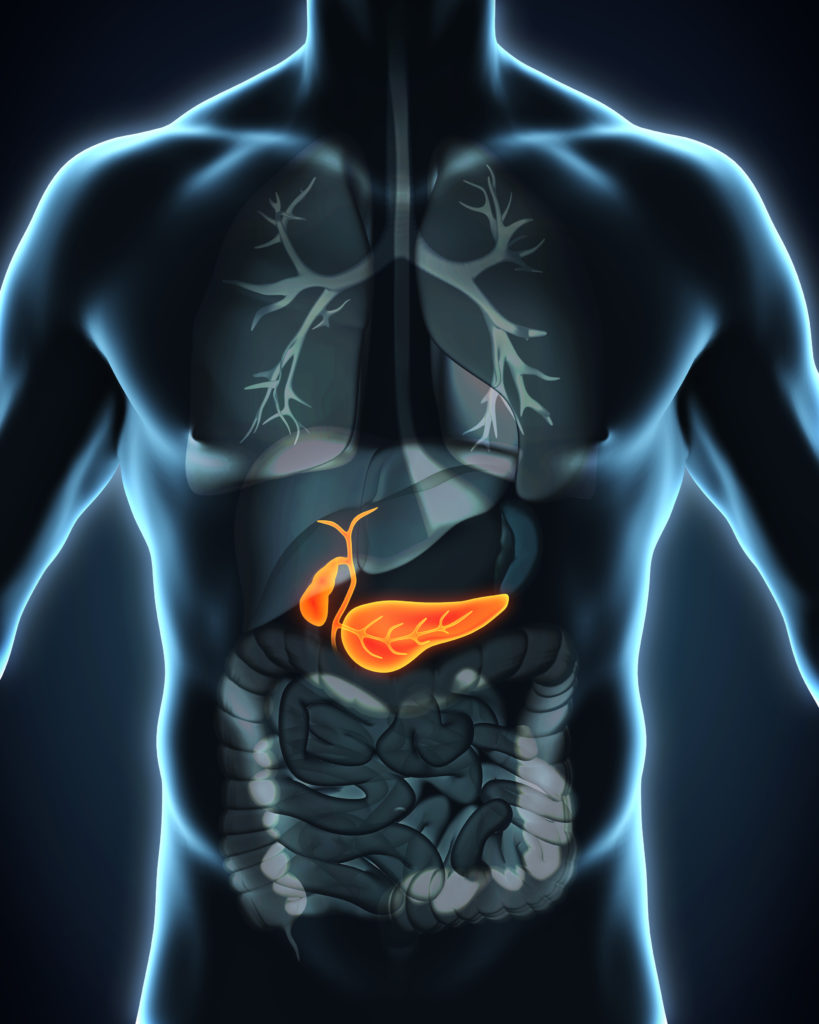
Pancreas
A substance’s acidity or alkalinity is measured in pH units. The scale used is from 0 to 14, with 0 being the most acidic and 14 the most basic. Neutral pH is at 7. To give an example of where we as humans generally fit on this scale, 0 is battery acid, 2 gastric juices, 4 orange juice , coffee is 5, urine is at 6, water and saliva are at 7, pancreatic juice and blood at 8, baking soda and bile at 9, household ammonia 11, oven cleaner 13 and concentrated lye.
As the chyme enters the small intestine from the stomach, it is very acidic. The pancreas, which is considered a gland and not an organ, secretes digestive enzymes and juices into the duodenum (the first section of the small intestine) via the pancreatic duct. Pancreatic juice is an exocrine enzyme containing enzymes for the digestion of carbohydrates, fats, and proteins as well as bicarbonate, a neutralizing agent. It is the bicarbonate that neutralizes the acid and allows the chyme to be at a neutral or slightly alkaline pH. The enzymes of both the small intestine and the pancreas work best at a neutral pH level. The pancreas is also known for other functions such as supplying insulin to the blood.
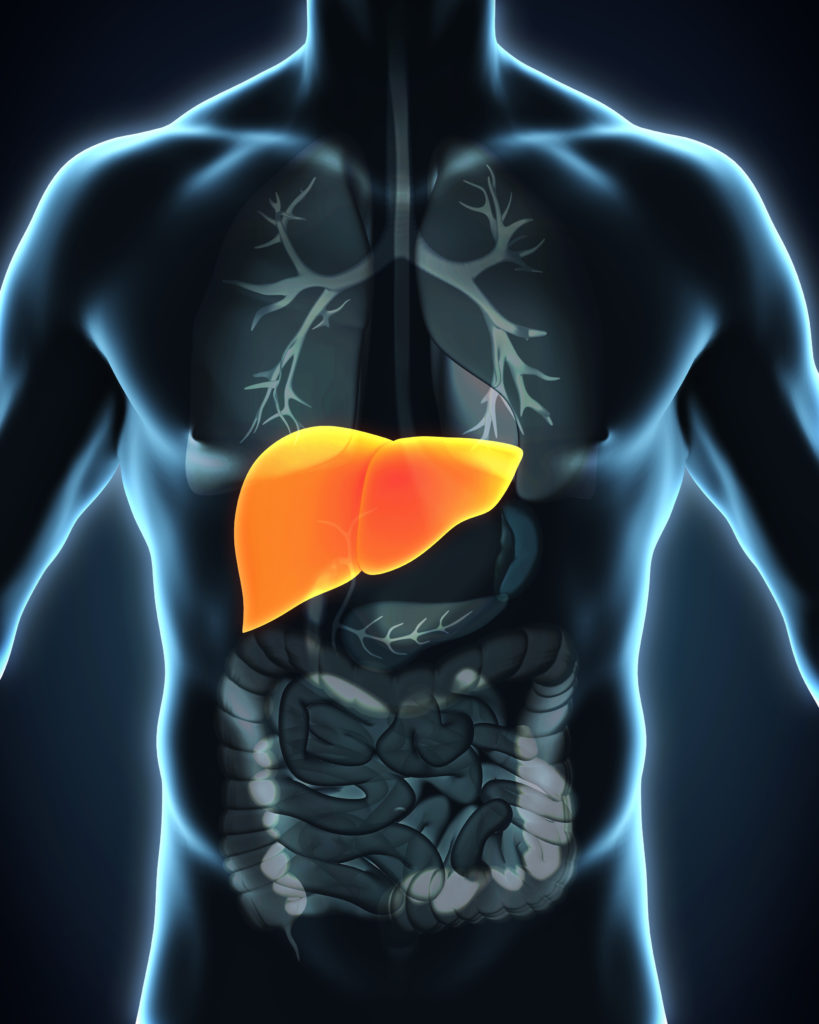
Liver
The liver is not a gland but an organ. It produces bile (an emulsifier) which it stores in the gallbladder, and when needed is squirted into the small intestine through the bile duct. An emulsifier is a substance with both water soluble and fat soluble portions that promotes the mixing of oils and fats in a watery solution. In other words, it breaks large fat molecules into smaller units and suspends them in water so that enzymes can more quickly and easily take them apart into components. This is just one of the many jobs the liver performs.
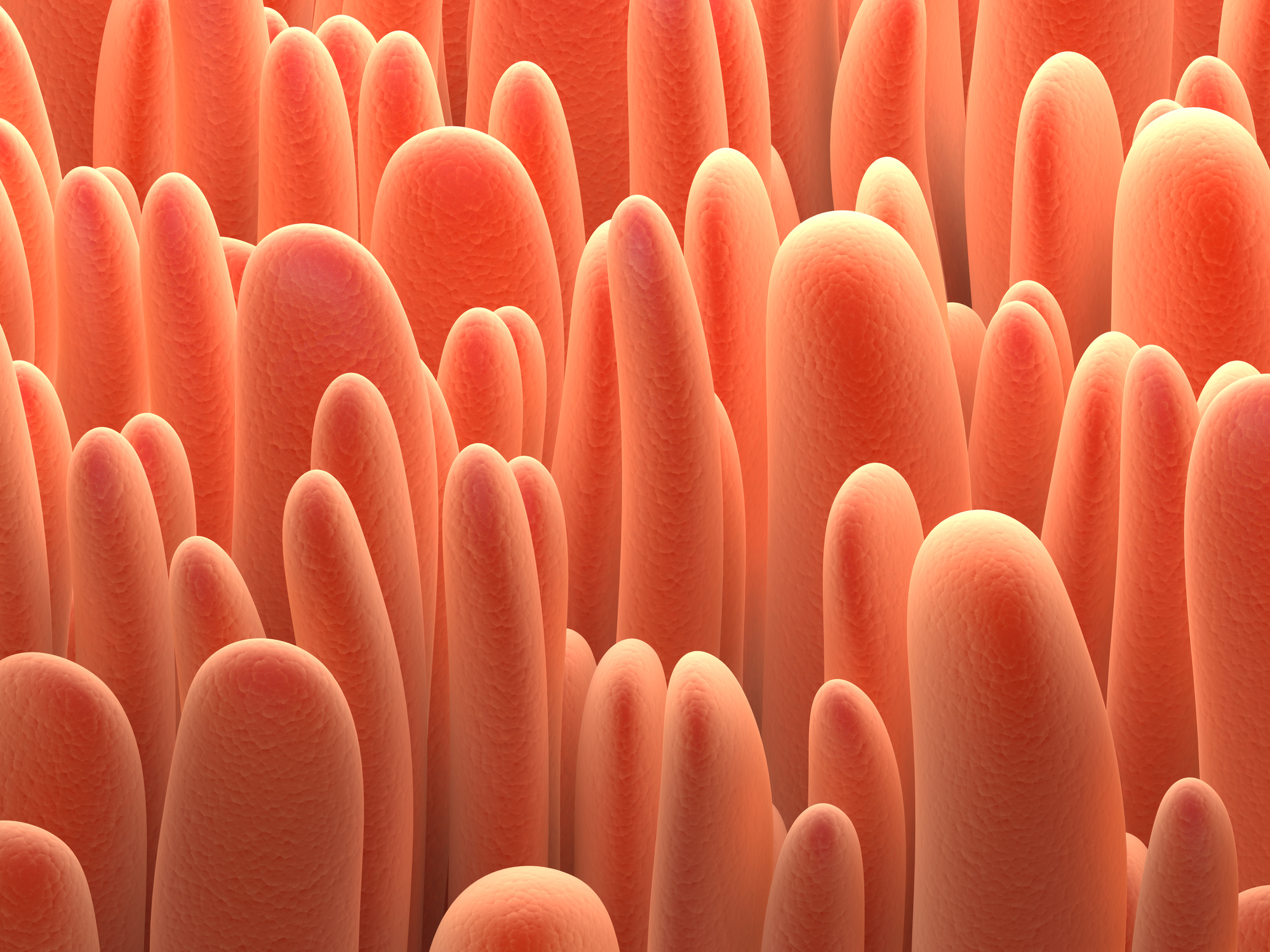
Tubular Glands
The chyme travels on down the small intestine through its three segments, the duodenum, the jejunum and the ileum, almost 10 feet of tubing coiled within the abdomen. It is within these 10 feet of tubing (which provide a surface area equivalent to a tennis court); the small intestine absorbs the nutrient molecules.
Inside the intestinal wall there are hundreds of folds. Each fold is contoured into thousands of fingerlike projections called villi. Each villi contains hundreds of cells, each covered with its own microscopic hairs, called microvilli. The villi are equipped with muscles that allow them to wave and squirm so that the microvilli can get to and expose themselves to the nutrients. Those nutrients small enough to be absorbed get trapped in the microvilli and then drawn into the cells. If partially digested nutrients get caught in the microvilli, enzymes or intestinal juices which are secreted from crevices between the villi called crypts or tubular glands will help further digest them so that they too can be absorbed into the cells. Circulating blood continuously washes the underside of this membranes surface, carrying the absorbed nutrients away to the liver and other parts of the body.
By the time this substance reaches the large intestine, digestion is finished. Only a small amount of nutrients are left and they will feed the enteric bacteria. Whats left over will spend 12 to 24 hours in the large intestine while vitamins made by the flora are harvested and most of the remaining water along with some electrolytes (mostly sodium and chloride)are reclaimed.
What happens to the nutrients now? Next Blog coming soon!
